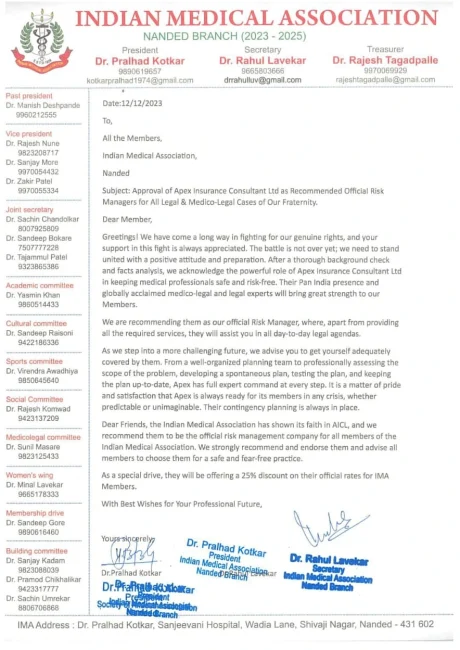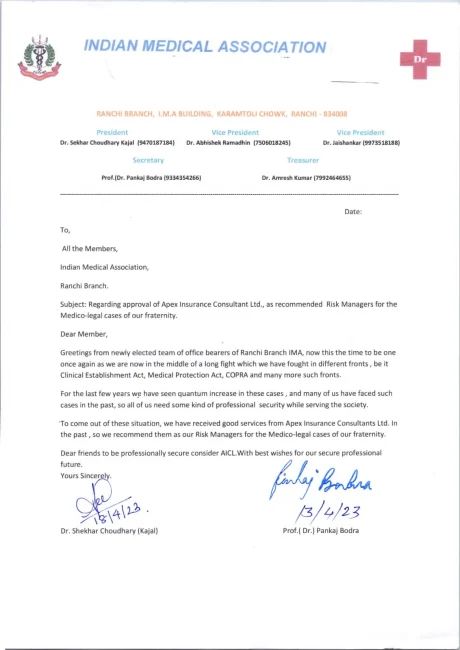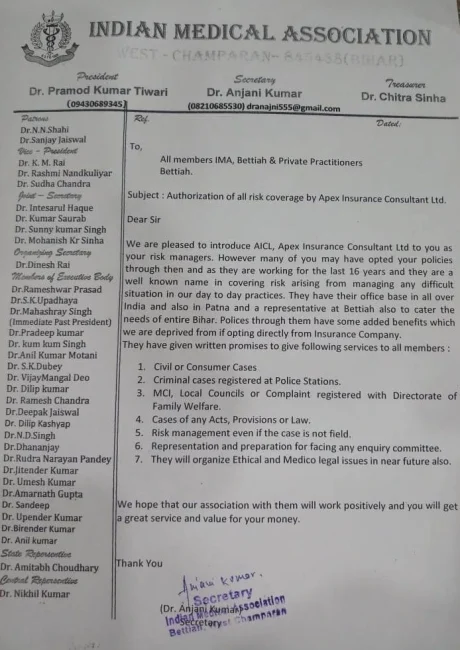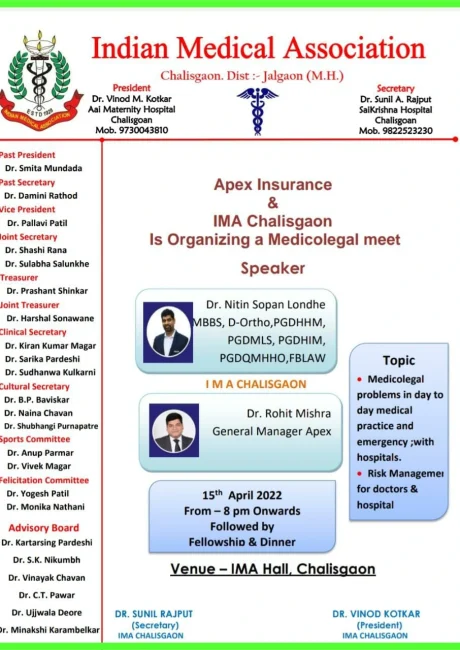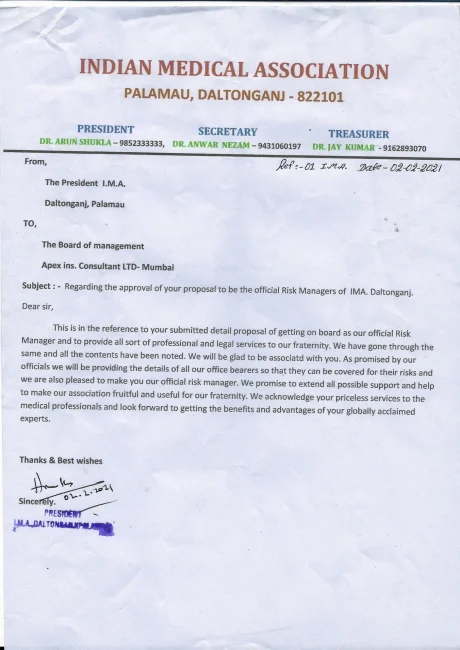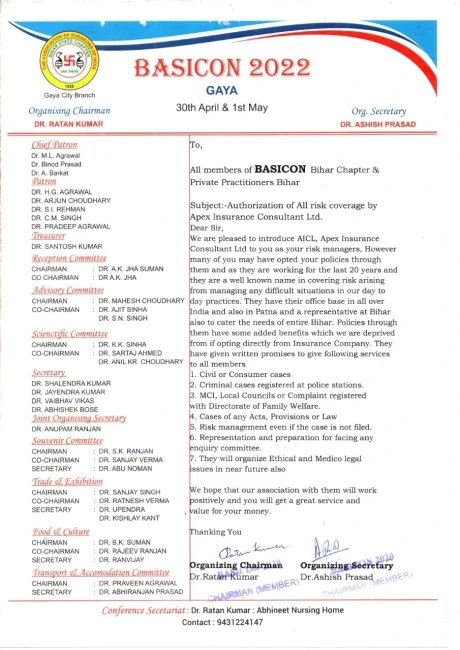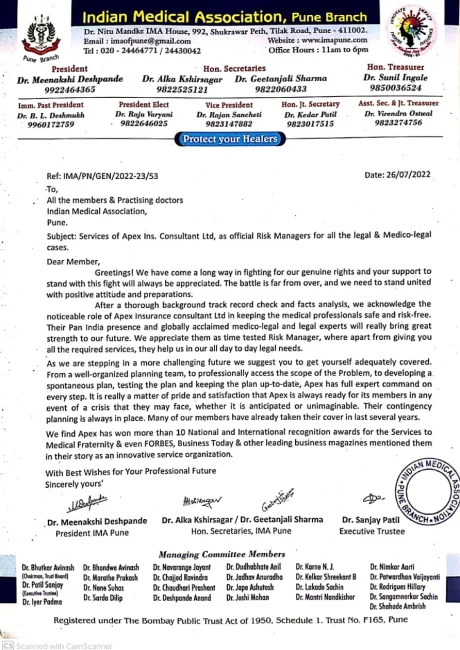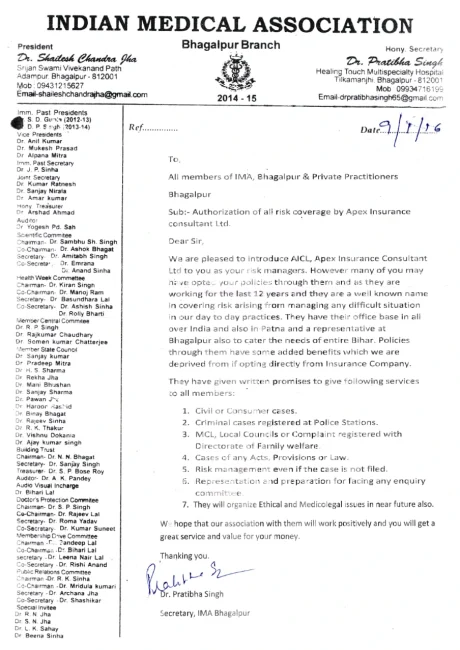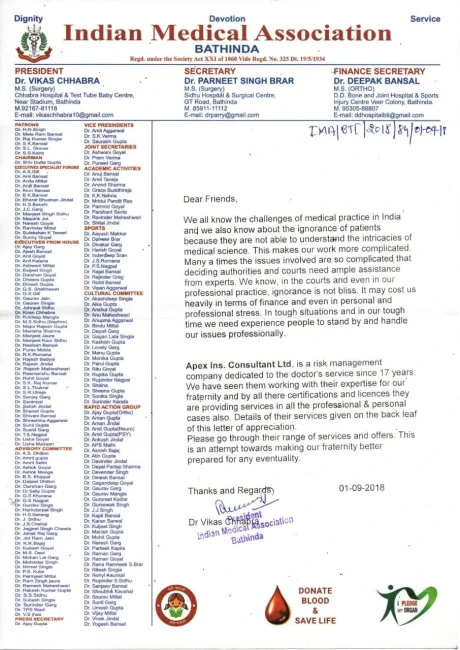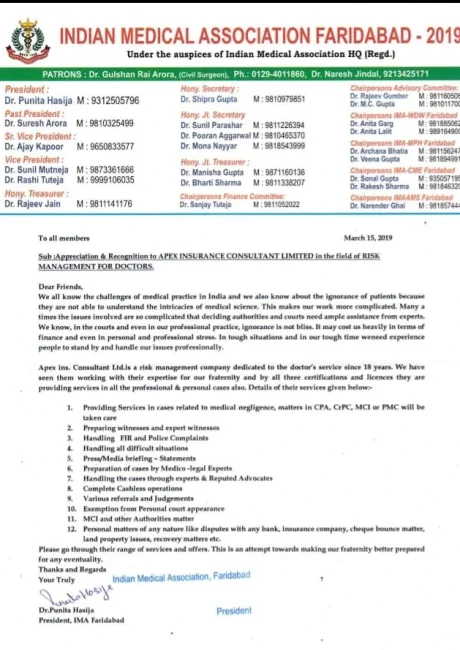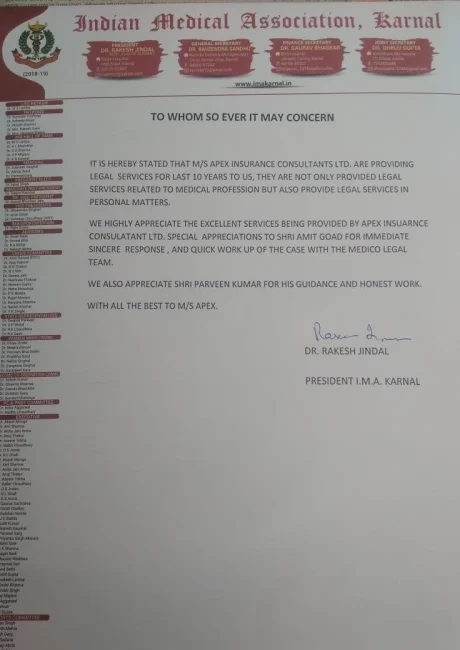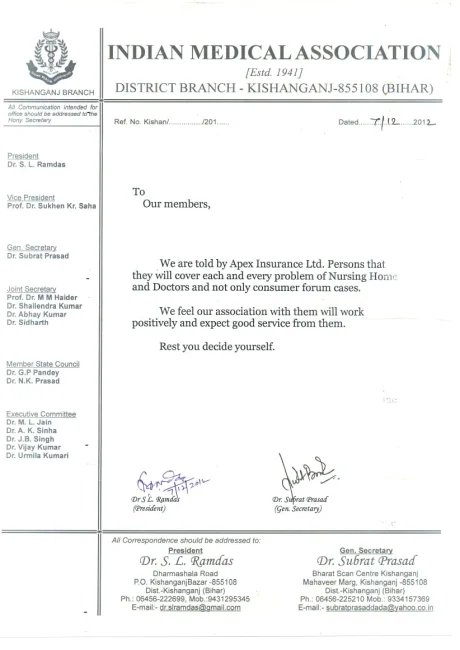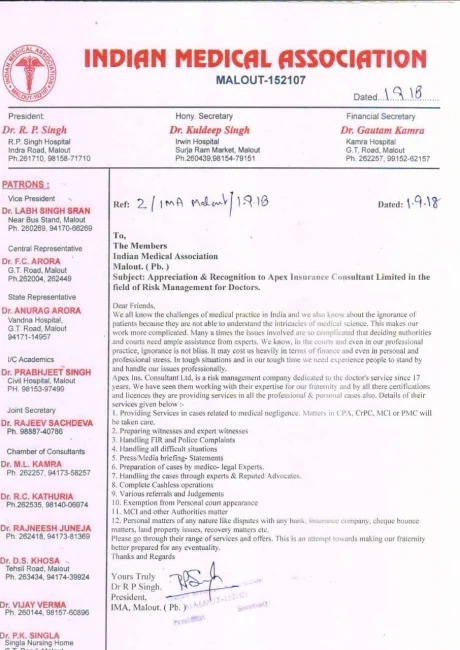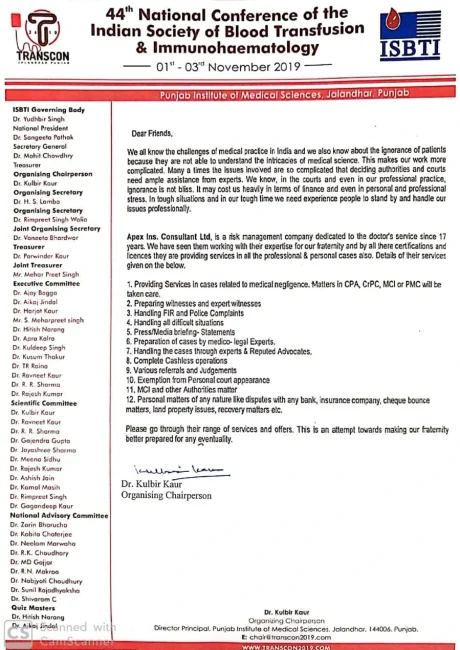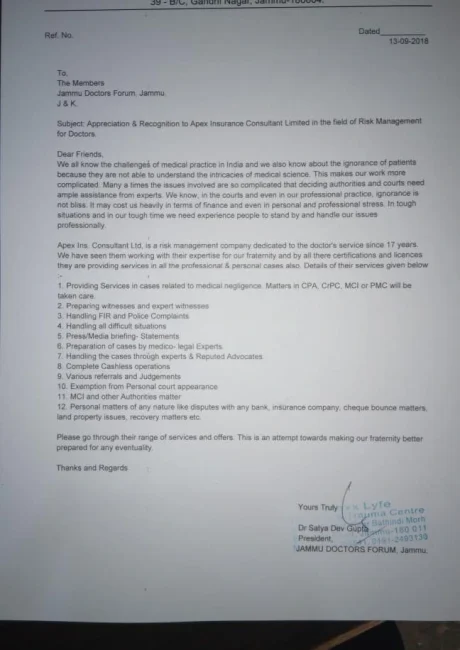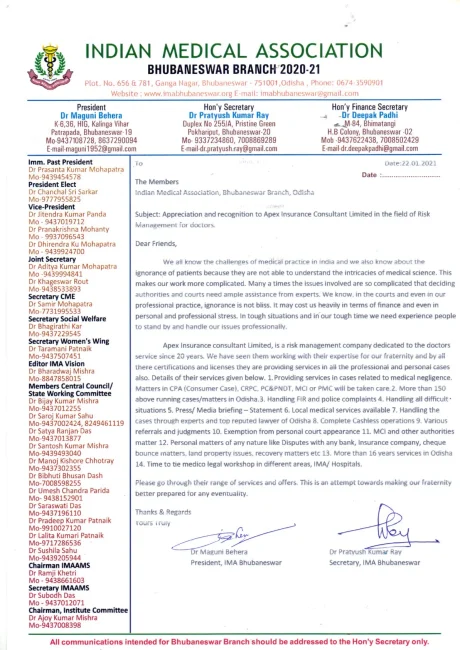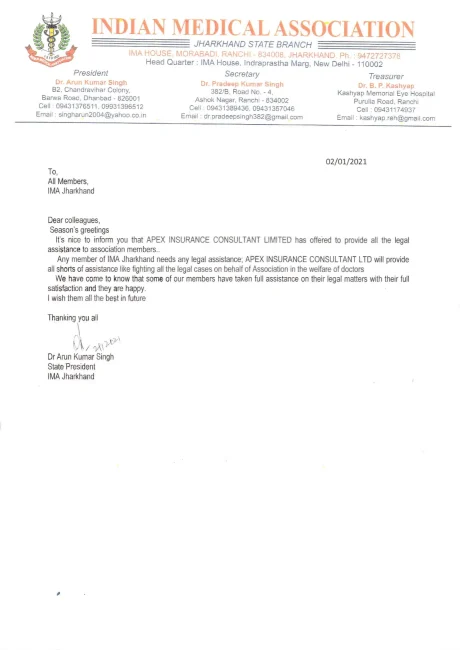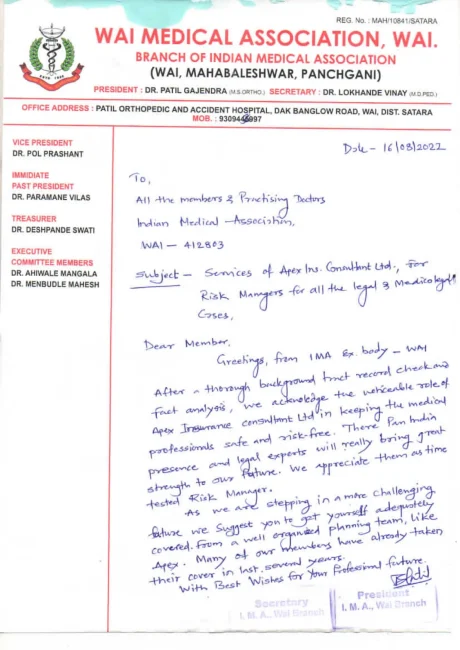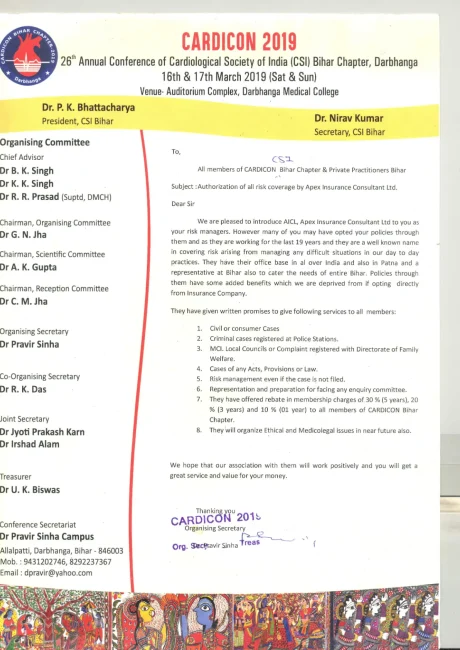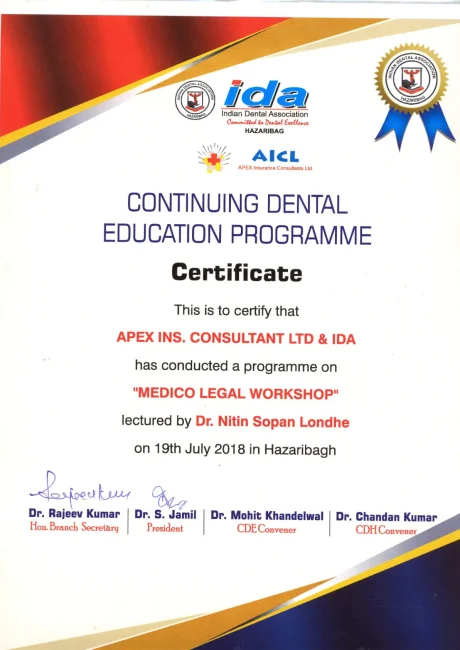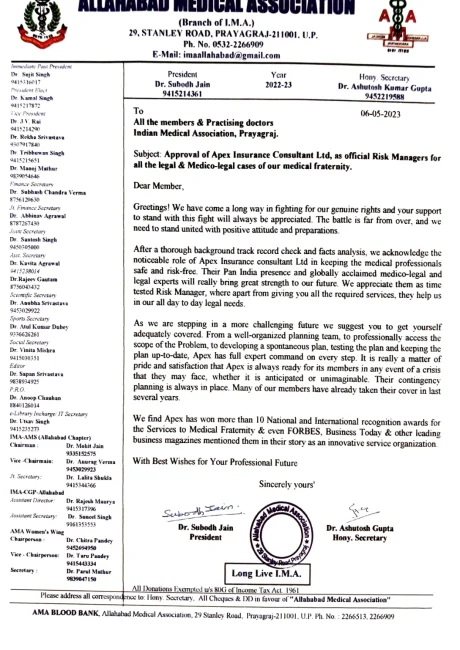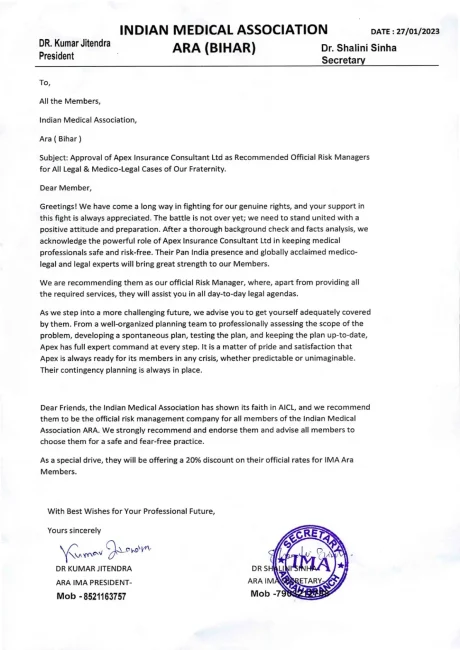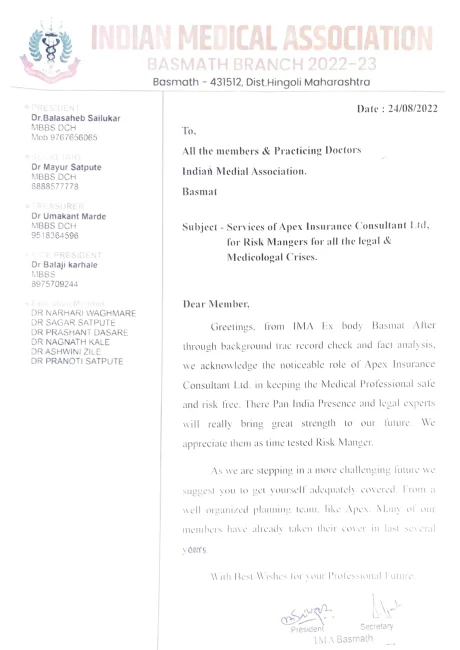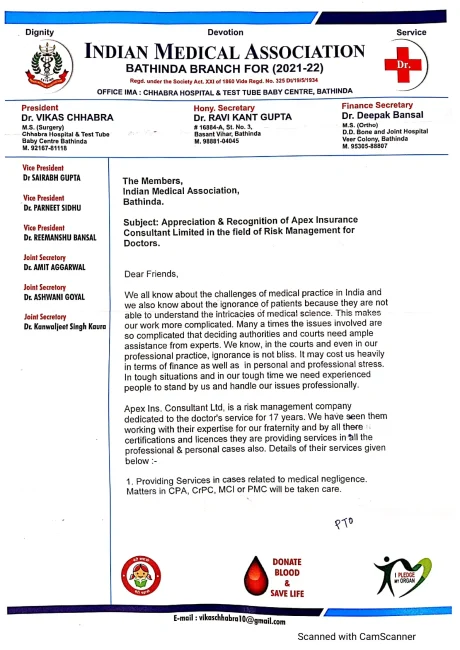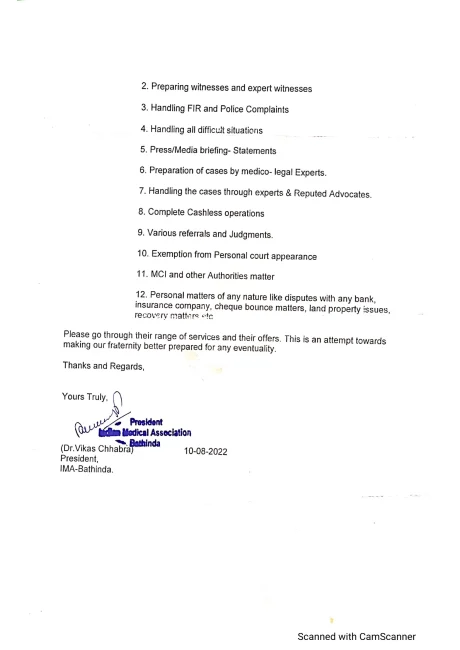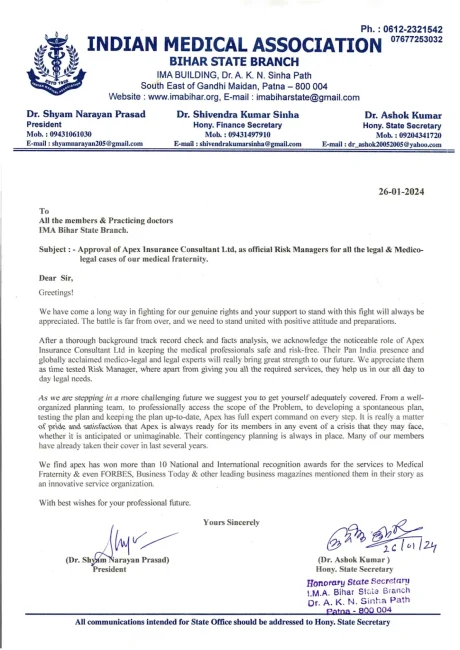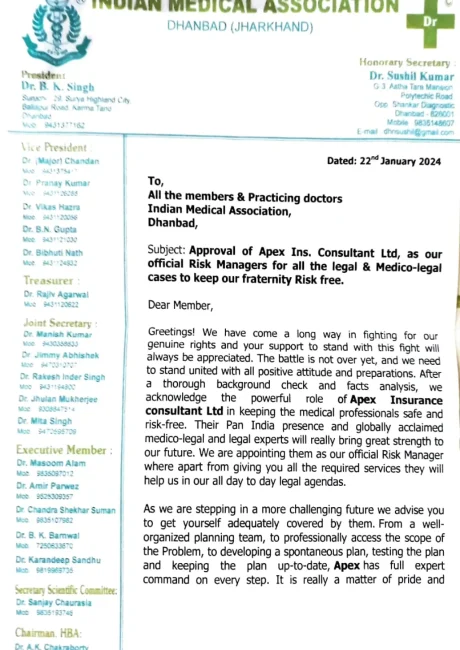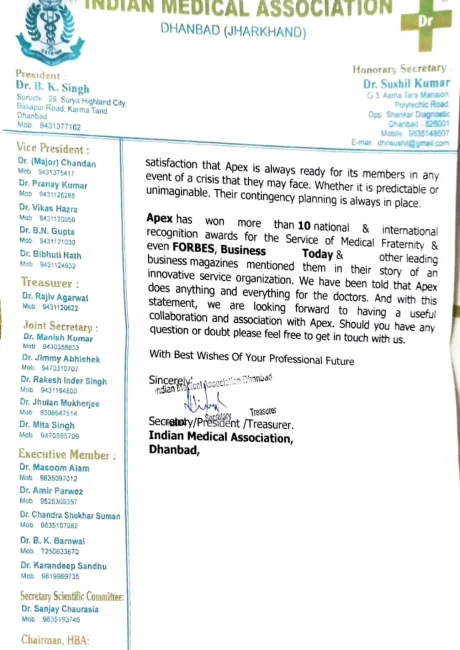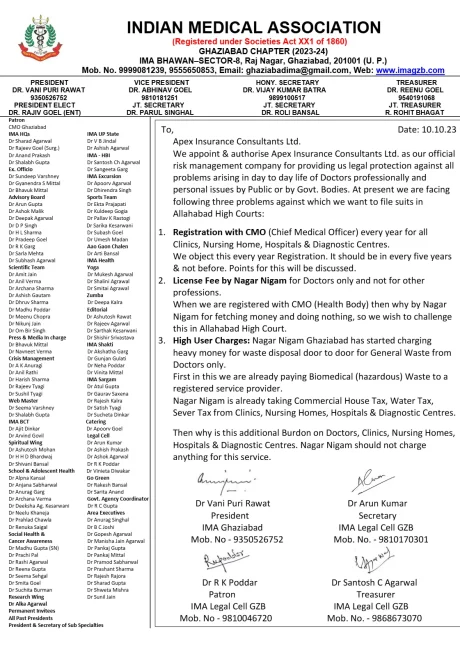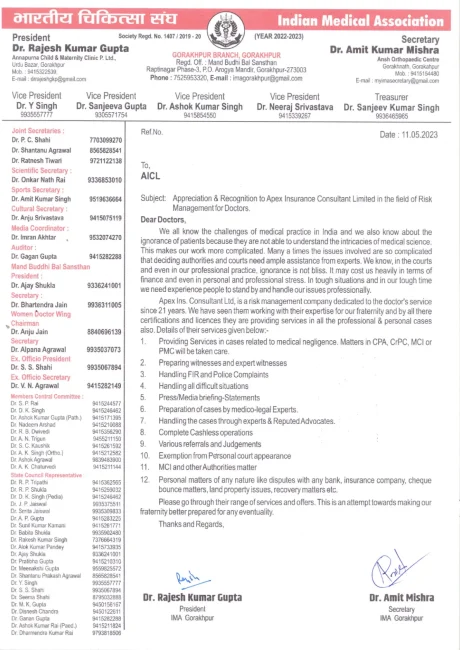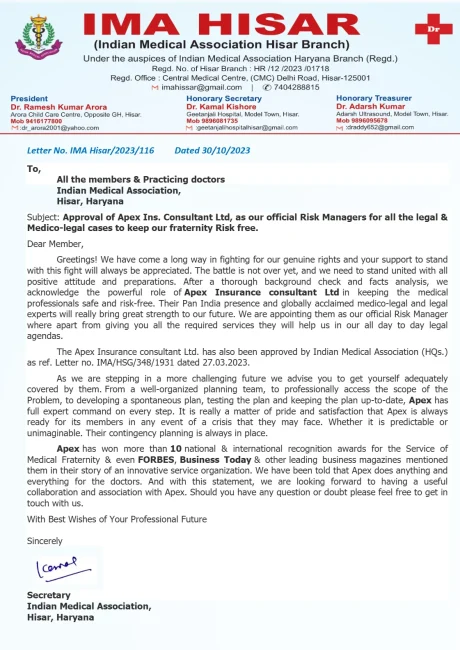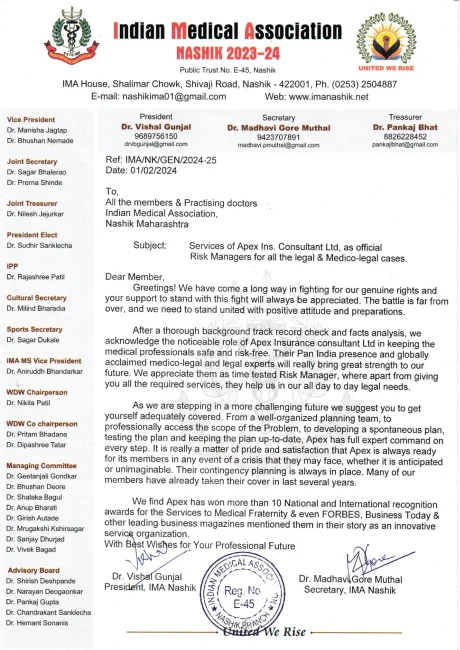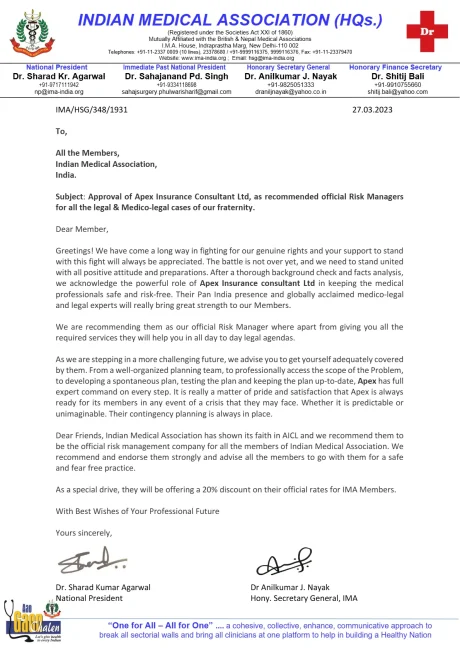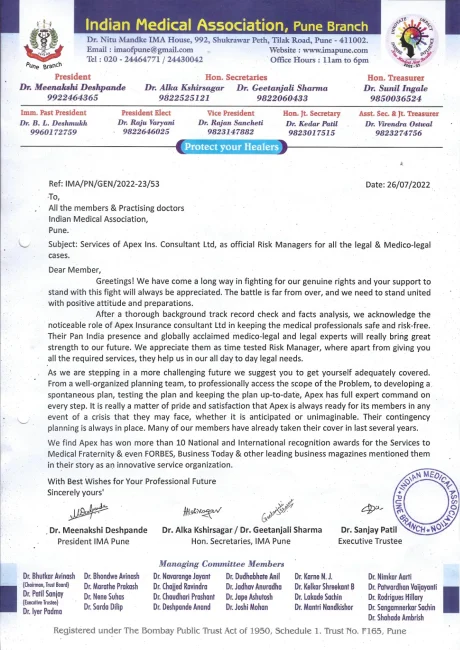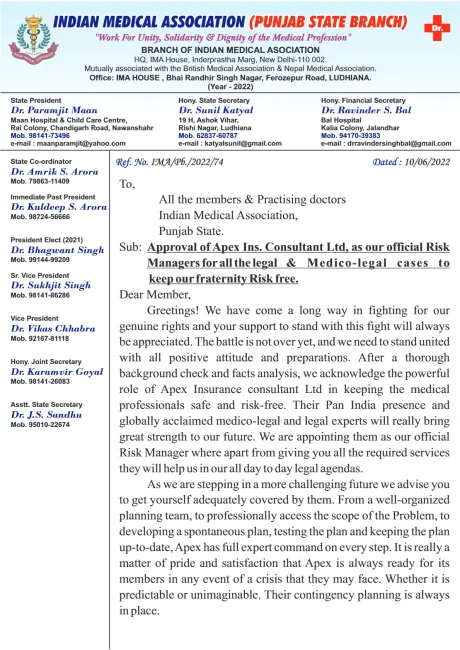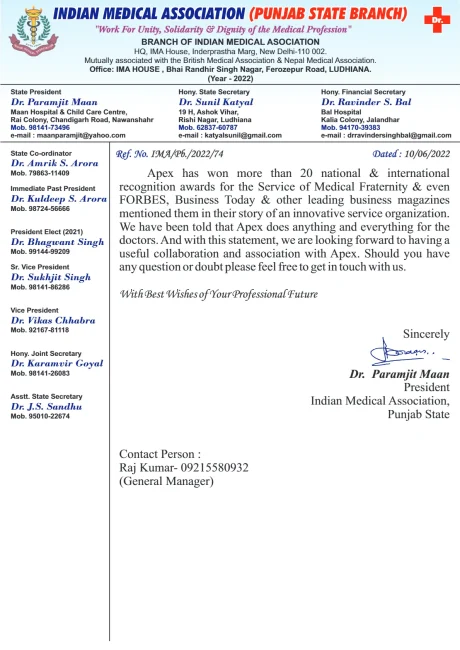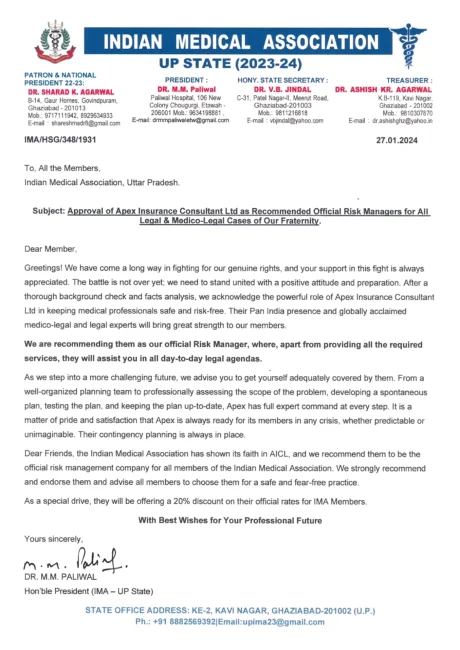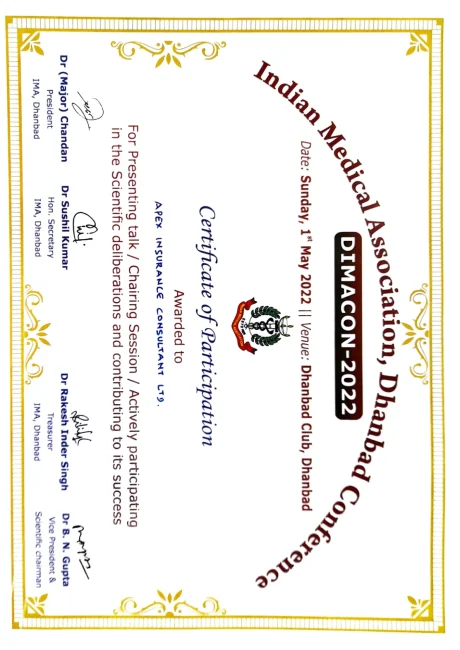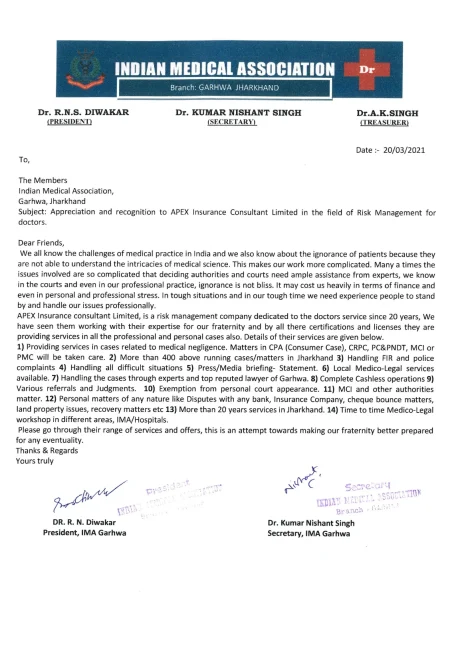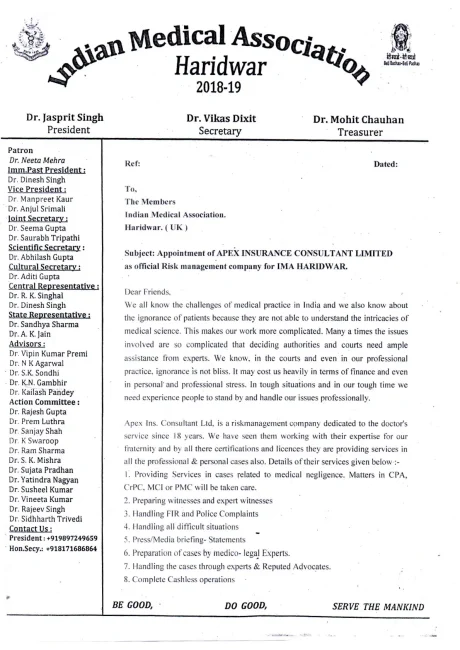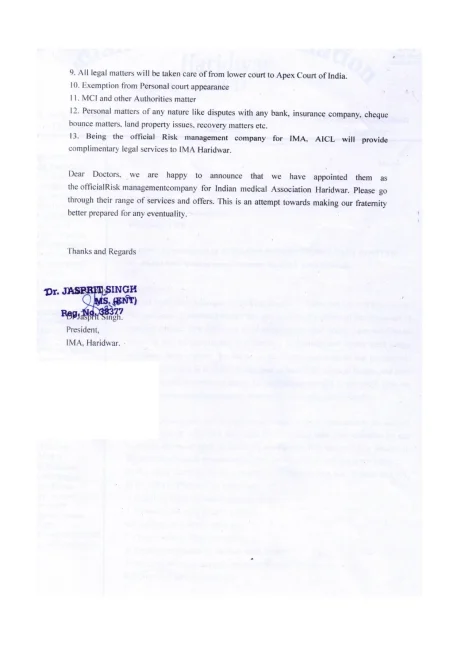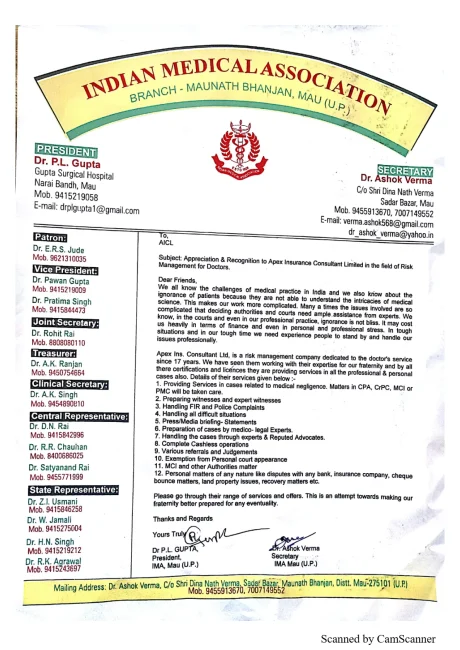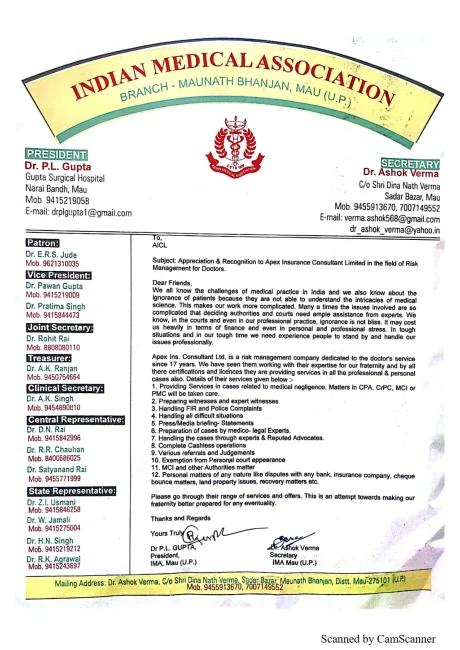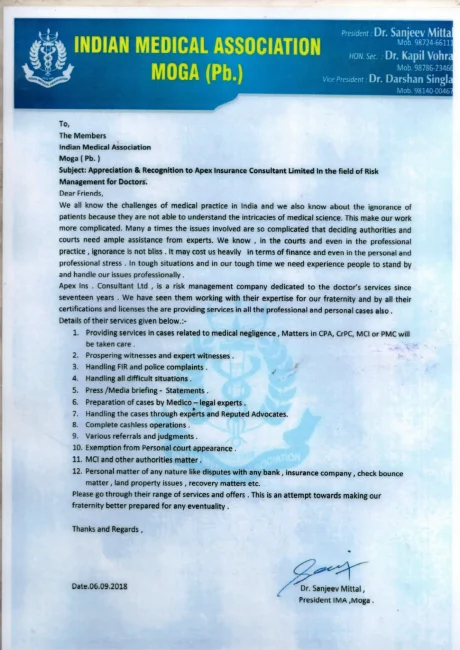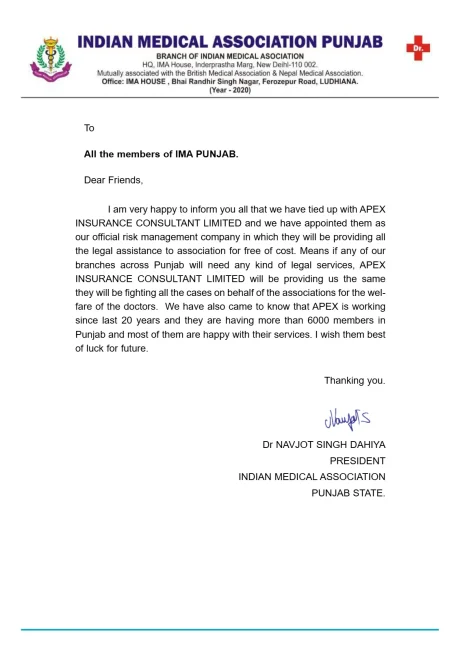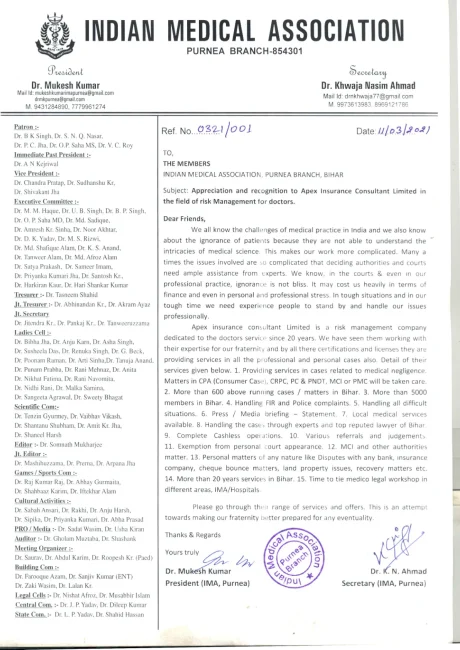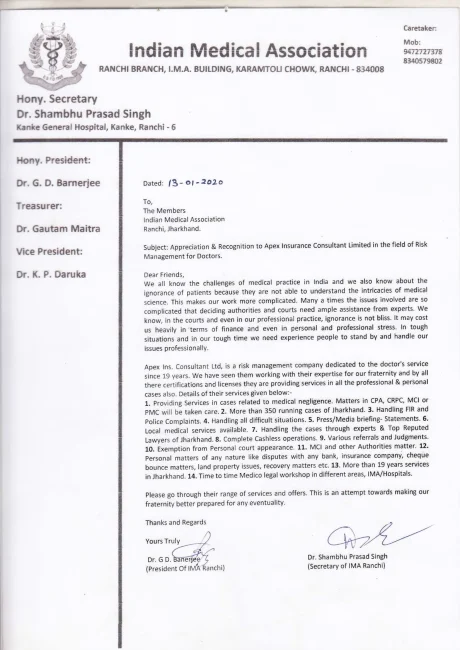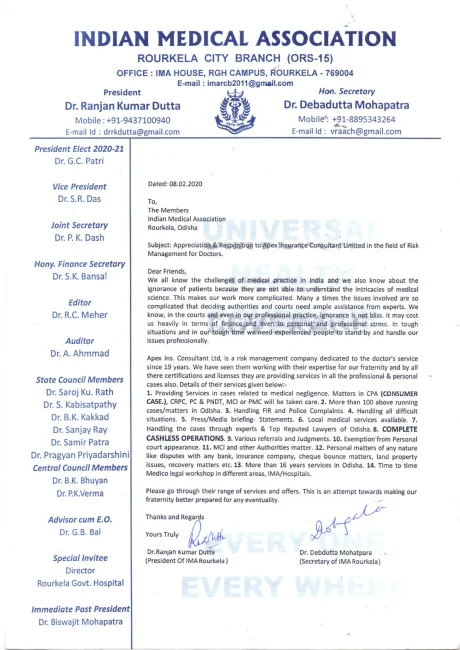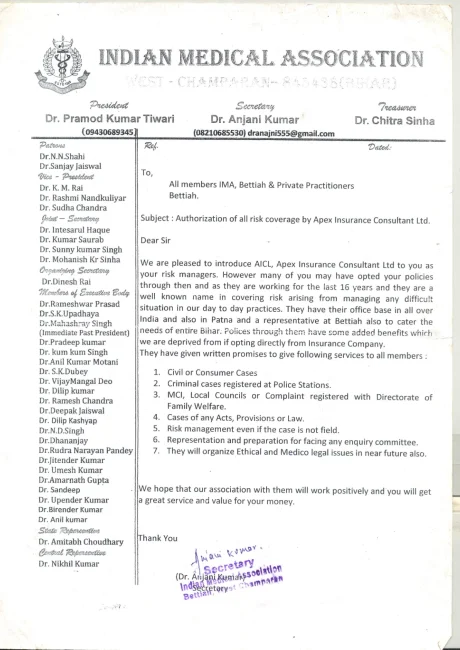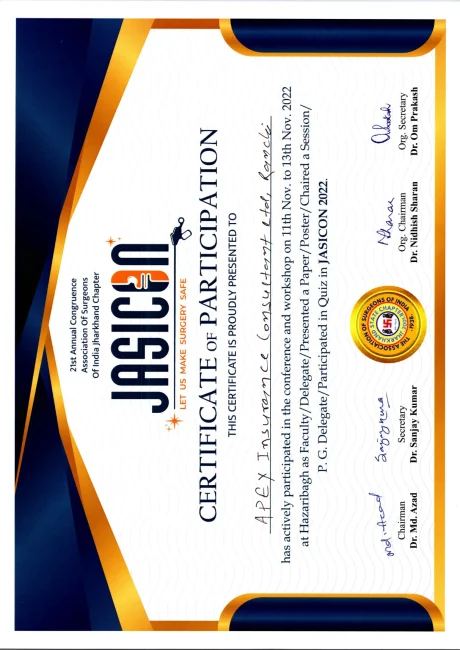By
- Dr. (Prof.) Mahesh Baldwa,
M.D, D.C.H, FIAP, MBA, LL.B, LL.M, PhD (law)
Senior Pediatrician & Medicolegal Advisor
Formerly Assistant Professor of Pediatrics at T.N. Medical College and Nair Hospital, Mumbai-8
Ex. Asst. Professor JJ Hosp, Grant Medical College
Ex. Professor, paper setter & examiner of law to postgraduate students of University Department of Law, University of Mumbai
Baldwa Om Hospital, Sumer Nagar, S.V. Road, Borivali (West) Mumbai 400 092
- Dr. Sushila Baldwa, MBBS, MD Consultant, Baldwa Om Hospital, Borivali West, Mumbai
- Dr Namita Padvi, MBBS, MD, DNB, PGDML, Emirates Hospital Dubai
- Dr Varsha Baldwa, MBBS, MD, PGDML, Government Medical College, Kota, Rajasthan
Introduction
The Central Drugs Standard Control Organisation (CDSCO), the regulatory body for pharmaceuticals and medical devices, which constituted the core committee for the preparation of the NLEMD. The government has assembled a committee to create a National List of Essential Medical Devices which it intends to make available with assurances related to both quality and price. Along with a list of essential devices, the committee also aims to produce guidelines and procedures for the National List, as well as producing measures outlining the use of medical devices in preventive care.
Current scenario
At present, India has a National List of Essential Medicines (NLEM) published by the central government, which sets maximum limits on drug prices for essential medicines and some devices. NLEM comprises drugs that are listed after considering the disease burden, efficacy, safety, and comparative cost-effectiveness of the medicines. While medicines and devices listed in NLEM are required to be sold at the price fixed by the National Pharmaceutical Pricing Authority (NPPA), those in the non-scheduled list are allowed a maximum annual price hike of 10%. Drugs outside price control can be sold at prices set by the manufacturer.
How slashing of prices started
After slashing prices of coronary stents and knee implants, the government is capping prices of more medical devices deemed essential in health care centres to improve their affordability and accessibility—a move that is expected to hit the medical device industry.
The government has constituted a core committee which will start deliberations on a “war footing” to include essential devices under the ambit of a National List of Essential Medical Devices (NLEMD). The devices are intended to be available within health care systems with assured quality and at an affordable price.
“The devices and medical equipment included under the list will be those which are required for the basic running of medical premises including hospitals, clinics and those required to handle medical emergency,”
Knee implant
Implant like knee joint, hip implants, dental implants and stents have become unaffordable. A report by the NPPA, released earlier this month, found the ‘joint component of knee system’ was being sold to patients at a profit of 369 per cent. The landing cost stood at Rs 1.98 lakh per unit, while the maximum retail price was marked at Rs 9 lakh. Therefore National Pharmaceutical Pricing Authority (NPPA) introduced a price cap on knee implants. NPPA and the Maharashtra Food and Drug Administration (FDA) have started their respective helplines for patients to register complaints of over-priced knee implants and various other implants. The NPPA has already requested hospitals to refund the extra amount charged on knee implants. NPPA and FDA will monitor each complaint against hospitals and manufacturers.
Concerns of doctors
National Pharmaceutical Pricing Authority (NPPA) has reduced cost by 65 percent. Now doctors are concerned that international pharma companies may withdraw from Indian markets for specialized implantable products that involve expensive research and development. In India, respectable international manufacturers like Zimmer, Johnson and Johnson (J&J), Biomet, Smith and Nephew, and Stryker are among the international companies that supply implants to private hospitals. The price regulation framework does not consider different categories of implants and puts everything under one pigeon hole. Like in any device, there are different technologies and qualities that one needs to ensure which meets requirement of individual patient. Pharma giants say that NPPA and FDA have done categorization for price caps is very broad sense thus making it difficult for companies selling high-end quality products, difficult to sell at regular prices fixed by NPPA and FDA. Persona implant (Zimmer) and Atune (J&J) are specialized implants used for premium surgeries. These surgeries constitute 10 per cent of total knee implants. But these patients may suffer if the company decides to withdraw its premium product in wake of price capping. But there are different types of material used for specialized implants, and research and quality differs in the products used for complex revision surgeries. The price capping should be encouraged for majority of routine first time knee implant surgeries save and except those who requiring high quality implants for revision surgeries. There are different categories in femoral or tibial implants. There is room for reduction in prices of routine implants and it is a good move but new capping makes unclear how pricing will be done for each category of implant. But irrespective of specification, the prices are uniform, with the price cap, a general knee implant will cost a patient 65 per cent less meaning from Rs 1.58 lakh to Rs 54,720, while revision implants’ prices have been slashed by 58 to 81 percent. Doctors fear that knee implants may face a situation similar to stents after the price control was implemented, where manufacturers could no longer provide certain brands due to lower profits. Same thing may happen to knee implants meaning lower quality and lower prices.
The standard, widely used cobalt chromium in knee replacement surgery will now cost Rs 54,720 as against an earlier MRP of Rs 1,58,324. Similarly, the price of special metals like titanium and oxidised zirconium have been slashed by almost 70%, to Rs 76,600 from Rs 2.49 lakh. In case of revision knee replacement, which is usually done if the primary replacement fails, prices of implants have been cut by 59%.
Concerns of implant dealers
The Medical Technology Association of India (MTaI), an umbrella association of all pharma medical device companies in the country, is reviewing the order and will soon submit its recommendations to the NPPA. According to officials, MTaI has been in touch with the NPPA over the price cap issue. The association includes Stryker, Zimmer, Smith and Nephew and all other manufacturers for medical devices.
Association of Indian Medical Device Industry (AiMeD), said that the move was disadvantageous for the growth of industries manufacturing medical devices.
“Unlike the stent industry, the margins here in the orthopaedic industry were not very high,” he said, even though the NPPA found 400% trade margins on certain implants. “Also, it is an elective procedure, most commonly performed for patients from the upper classes of the society.” Knee implant is not lifesaving device.
Cardiac Stent pricing
If any product falls under the National List of Essential Medicines, it needs to be regulated. Stents have been included in it now. NLEMs take care of 90 per cent of the people. Basic stents are in NLEM. But those with modifications are in non-NLEM and still cost more. As far as quality or safety is concerned, there is no difference between the two. The cut in price of stents makes angioplasty more accessible. The National Pharmaceutical Pricing Authority (NPPA) recently fixed the price of bare metal stents at Rs 7,260 as against Rs 45,000 previously and of most used drug-eluting stents at Rs 29,600 as against Rs 80,000 to Rs 175,000. Both imported and domestic stents will cost the same. There are massive margins charged at each step in the distribution and supply of stents, and by the time the patient gets it, the increase from the original cost of the stent is often in the range of 1,000-2,000%.
How it happens and benefits to patient
All medicines under NLEM have to be notified as schedule-I drugs so that their prices can be controlled. With cardio vascular diseases on the rise, the number of angioplasties being performed has doubled in the country during the past 5 years.
Are low cost stents qualitatively poor?
Bare metal stents or Drug-eluting metallic stents have no difference in mortality, whether made in India or imported, as long as they are approved by Drugs Controller General of India (DCGI) they have same efficacy as well as they come under price control..
Special case for “Fourth generation hi-tech stents” cost
A health committee, comprising top cardiologists and scientific advisors decided to fix prices of stents for all generations. But breakthrough technology-based stents will not be a part of this price fixing.
Three major companies, Abbott, Medtronic, and Boston Scientific, have filed applications to the NPPA to withdraw their new-generation stents from the country, explaining that the current stent price cap would make the sale of these products unviable in India. However, the Indian government rejected the applications from these companies, citing clauses from DPCO (Drug Price Control Order) 2013. Whether the pressure by top MNCs will force some policy refinements or if the government will be ready to let go of new-generation stents — that is something to keep a close eye on in the near future.
Dangers of such price control could be circumvented
“The impact of capping the prices will be nullified if hospitals further hike their procedure and other hospital infrastructure utility costs”
“The cost of implants has reduced, it does not necessarily mean that everyone would be able to afford the surgery,” she said. “Even existing hospital costs are prohibitive. The government has to ensure that hospitals offer affordable surgeries and there is an urgent need to improve public sector hospitals and equip them to offer these surgeries so they actually become affordable.”
Way ahead
Even if there are exorbitant profits or margins being made price fixing still isn’t the solution. Instead, license issued to more manufacturers into the Indian market shall pave way for competition and lowering of price by market forces. Government should not create monopoly by insisting upon no sole distributor arrangements, so creating market competition in that sector is right way to reduce prices. But the solution to high implant prices as a result of sudden control the prices shall kill the stent and implant market by creating non availability.

